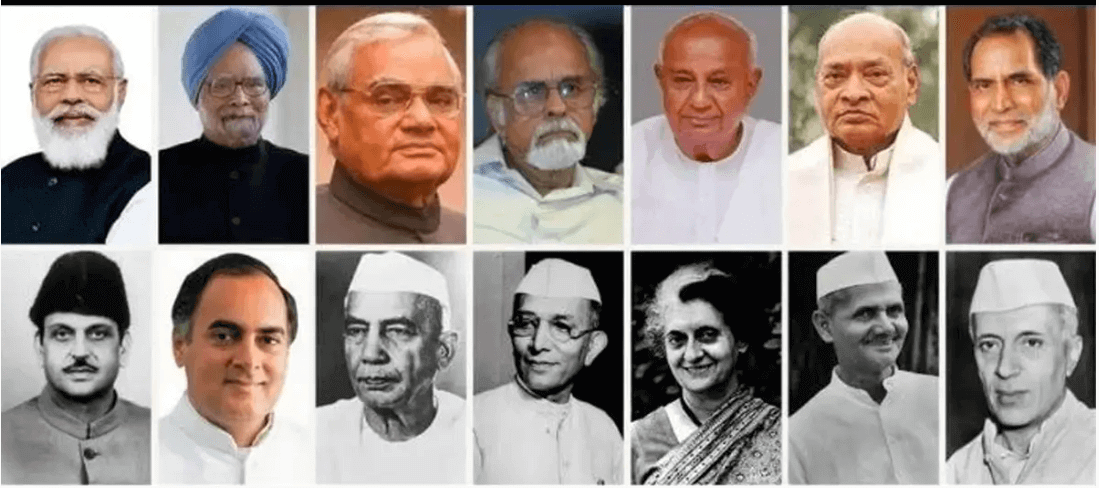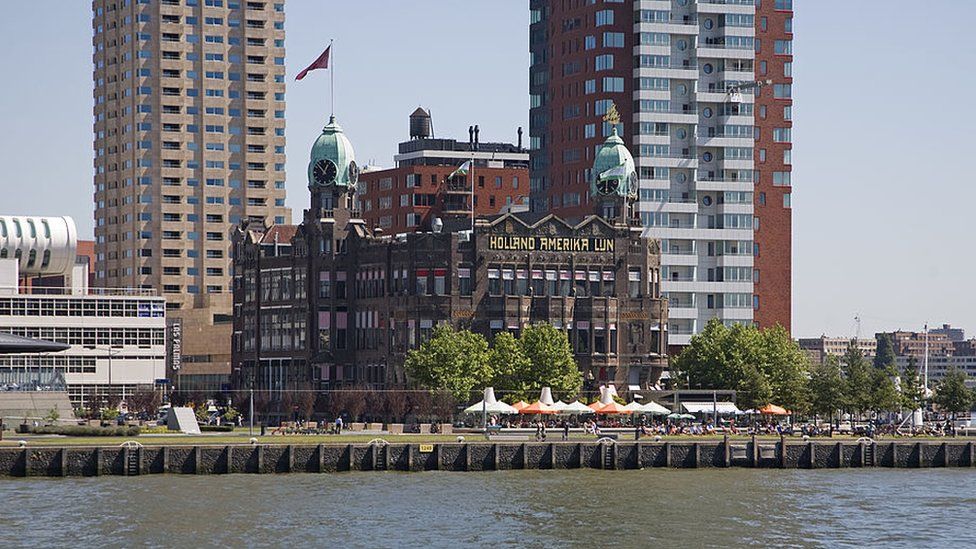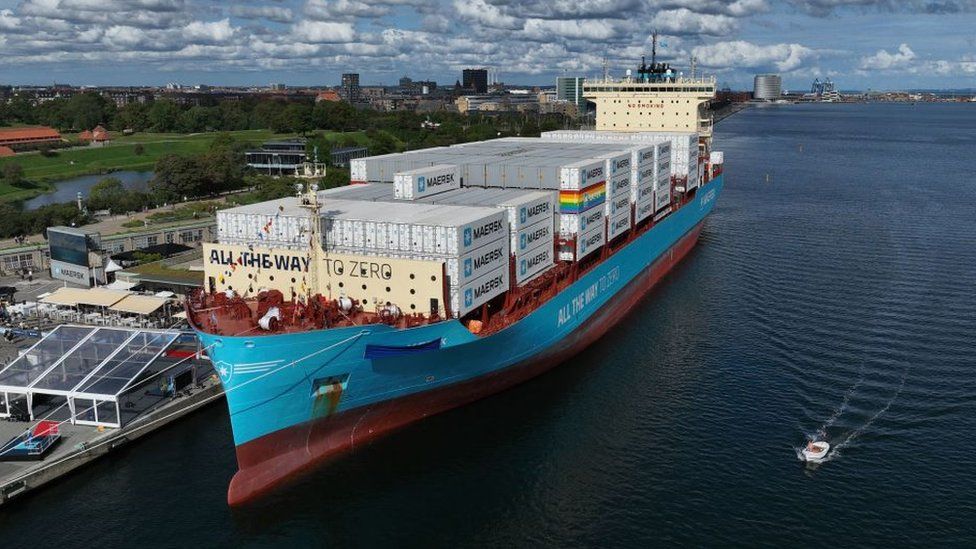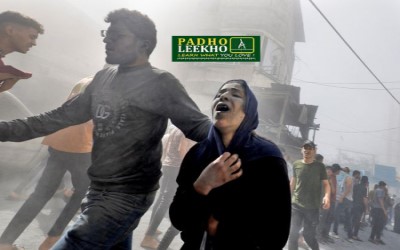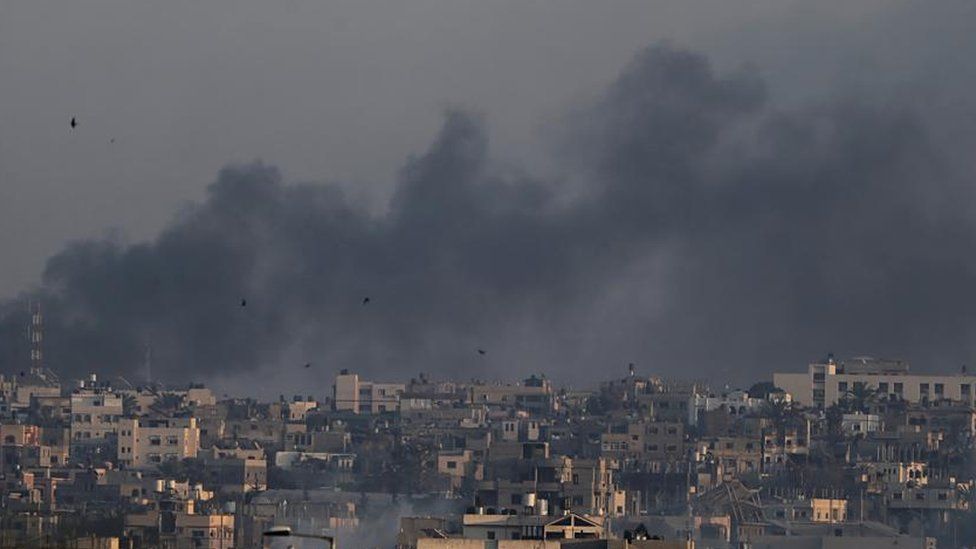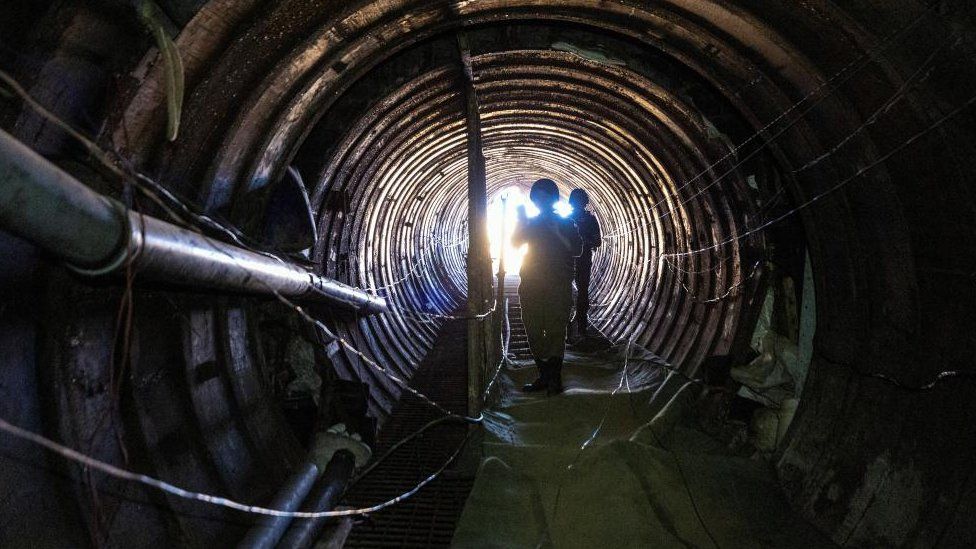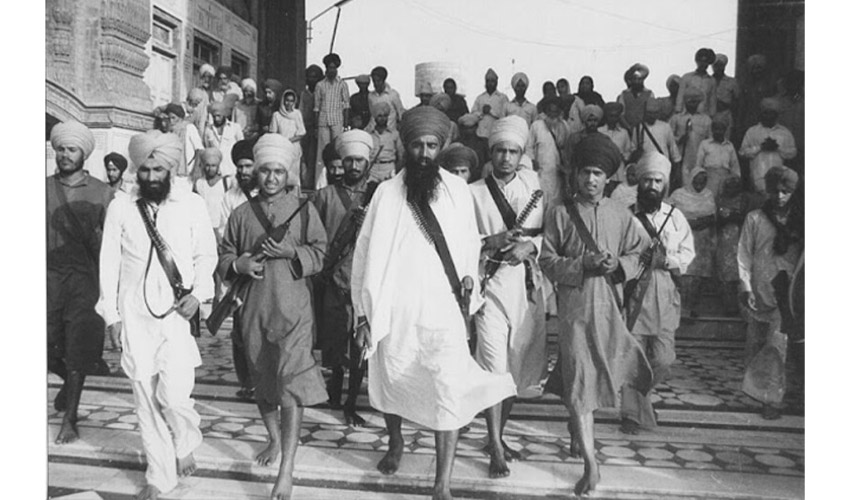Highlights Of Bills Replacing IPC, CrPC & Evidence Act As Stated By Home Minister In Lok Sabha
Union Home Minister and Minister of Cooperation, Shri Amit Shah introduces the Bhartiya Nyaya Sanhita Bill 2023, the Bharatiya Nagarik Suraksha Sanhita Bill, 2023 and the Bharatiya Sakshya Bill, 2023 in the Lok Sabha
One of the five PRAN taken by the Prime Minister Shri Narendra Modi before the country on August 15 was – to end all signs of slavery – today’s three bills are going to fulfil this one vow of Shri Modi
Today, we have brought 3 new Bills by repealing Indian Penal Code, 1860, Criminal Procedure Code, (1898), 1973 and Indian Evidence Act, 1872, which were enacted by the British and passed by the British Parliament
Indian Penal Code, 1860 will be replaced by Bharatiya Nyaya Sanhita Bill, 2023, the Criminal Procedure Code, 1898 will be replaced by the Bhartiya Nagarik Suraksha Sanhita Bill, 2023 and the Indian Evidence Act, 1872 will be replaced by the Bharatiya Sakshya Bill, 2023
These three outgoing laws were made to strengthen and protect the British rule and their purpose was to punish, not to give justice
The soul of the three new laws will be to protect all the rights given to Indian citizens by the constitution, and, their purpose will not be to punish but give justice
These three laws made with Indian thought process will bring a huge change in our criminal justice system
Modi government has brought this law by taking a very principled decision to bring citizens at the centre, instead of governance
Prime Minister Shri Narendra Modi had said in 2019, all the laws made during the time of the British across all the departments, should be made in accordance with today’s time and in the interest of the Indian society after adequate discussion and consideration
18 States, 6 Union Territories, the Supreme Court, 16 High Courts, 5 Judicial Academies, 22 Law Universities, 142 Members of Parliament, around 270 MLAs and public have given their suggestions on these new laws
The Home Minister said, for 4 years intense discussions were held on these laws and he himself was present in 158 consultation meetings
Bhartiya Nagarik Suraksha Sanhita Bill, which will replace CrPC, now has 533 sections, 160 sections of old law have been changed, 9 new sections have been added and 9 sections have been repealed
Bharatiya Nyaya Sanhita Bill 2023, which will replace the Indian Penal Code, will have 356 sections instead of the earlier 511 sections, 175 sections have been changed, 8 new sections have been added and 22 sections have been repealed
Bharatiya Sakshya Bill, which will replace the Evidence Act, will now have 170 sections instead of the earlier 167, 23 sections have been changed, 1 new section has been added and 5 have been repealed
These three old laws had signs of slavery, they were passed by the British Parliament, today we have come up with new laws by removing these signs of slavery from a total of 475 places
The law expands the definition of documents to include electronic or digital records, e-mails, server logs, computers, smart phones, laptops, SMS, websites, locational evidence, mails, messages on devices
Provision has been made in this law to digitize the entire process from FIR to case diary, case diary to charge sheet and charge sheet to judgement
Videography has been made compulsory at the time of search and seizure which will be part of the case and will not implicate innocent citizens, without such recording by the police no charge sheet will be valid
Prime Minister Shri Narendra Modi took a historic decision to set up the National Forensic Science University to promote forensic science in a bid to increase the conviction ratio
After three years, every year 33,000 forensic science experts and scientists will be available in the country, the target has been set in the law to take the conviction ratio above 90%
The visit of the forensic team is being made compulsory on the crime scene of crimes having provision for punishment of 7 years or more, through this, the police will have a scientific evidence, after which the chances of acquittal of the culprits in the court will be very less
Modi government is going to start Zero FIR for the first time after 75 years of the Independence for the convenience of the citizens, with this initiative, the citizens will be able to lodge complaint even outside of their police station area
Provision of e-FIR is being added for the first time, every district and police station will designate a police officer who will officially inform the family of the arrested person about his arrest online and in person
The statement of the victim has been made compulsory in the cases of sexual violence and the video recording of the statement has also been made compulsory in the cases of sexual harassment
It will be compulsory for the Police to give the status of the complaint in 90 days and thereafter every 15 days, to the complainant
No government will be able to withdraw a case of imprisonment of 7 years or more without listening to the victim, this will protect the rights of the citizens
Scope of summary trial has been increased in petty cases, now crimes punishable up to 3 years will be included in summary trial, with this provision alone, over 40% of cases in sessions courts will end
A time limit of 90 days is fixed for filing the charge sheet and depending on the situation, the court can further give permission for 90 more days, the investigation will have to be completed within 180 days and trial should begin
Courts will now be bound to give notice of framing of charge to the accused person within 60 days, within 30 days after the completion of arguments, the Hon’ble Judge will have to give verdict, this will not keep the decision pending for years and the order will have to be made available online, within 7 days
Government has to decide on permission within 120 days for trial against civil servant or police officer else it will be treated as deemed permission and trial will be started
A provision has been brought for attachment of property of declared offenders, a new provision of harsh punishment against inter-state gangs and organized crimes is also being added to this law
Sex on the pretext of false promise of marriage, employment, promotion and false identity has been made a crime for the first time, 20 years of imprisonment or life imprisonment in all cases of gang rape
Provision of death penalty has also been made in case of crime with girls below 18 years of age, for mob lynching also, all three provisions of 7 years in jail, life imprisonment and capital punishment have been made
Earlier, there was no provision for snatching of mobile phone or chain from women, but now a provision has been made for the same
Provision has been made for imprisonment for 10 years or life imprisonment in case of permanent disability or being brain dead
Punishment increased from 7 to 10 years for a person committing crime with children, provision has been made to increase the amount of fine in many crimes
There were many cases of using pardon for political gains, now the death penalty can only be changed to life imprisonment, life imprisonment to a minimum of 7 years and 7 years to a minimum of 3 years, no culprit will be freed
Modi government is going to repeal sedition law completely because India is a democracy and everyone has the right to speak
Earlier, there was no definition of terrorism, now crimes like armed insurgency, subversive activities, separatism, challenging the unity, sovereignty and integrity of India have been defined in this law for the first time
A historic decision regarding trial in absentia has been taken, a person declared fugitive by a Sessions Court judge will be tried and sentenced in his absence, no matter where in the world he may be hiding, if the fugitive has to appeal against punishment, he will have to follow Indian law
A total of 313 changes have been made in this law which will bring a widespread change in India’s criminal justice system, now anyone will be able to get justice within a maximum of 3 years
In this law, special care has been taken of women and children, it has been ensured that criminals are punished and the police cannot misuse their powers
On one hand, laws like sedition have been repealed, on the other hand, provision of punishment for heinous crimes like exploiting women by cheating and mob lynching have been made, provisions also made for crack down on organized crimes and terrorism
Union Home Minister and Minister of Cooperation, Shri Amit Shah introduced the Bharatiya Nyaya Sanhita Bill, 2023, Bharatiya Nagarik Suraksha Sanhita Bill, 2023 and Bharatiya Sakhshya Bill, 2023 in the Lok Sabha, today.
Shri Amit Shah said that today the Azadi ka Amrit Mahotsav is culminating and Amrit Kaal is beginning. Azadi ka Amrit Mahotsav will end on August 15 and the journey of 75 to 100 years of independence will begin from August 16, which will create a great India. He said that in his address from the ramparts of the Red Fort on August 15, Prime Minister Shri Narendra Modi had kept Panch Pran in front of the people of the country, one of them isto end all signs of slavery. He said that these three bills introduced today are in a way fulfilling one of the five vows taken by Modi Ji. All these three bills have basic laws for the criminal justice system. He said that today we have brought three new laws by abolishing the Indian Penal Code, 1860, Criminal Procedure Code, (1898), 1973 and the Indian Evidence Act, 1872 made by the British and passed by the British Parliament. The Indian Penal Code, 1860 will be replaced by the Bharatiya Nyaya Sanhita Bill, 2023, the Criminal Procedure Code, 1898 will be replaced by the Bharatiya Nagarik Suraksha Sanhita Bill, 2023 and the Indian Evidence Act, 1872 will be replaced by the Bharatiya Sakshya Bill, 2023. These three Acts which will be replaced, were made to strengthen and protect the British rule and their purpose was to punish, not to give justice. We are going to bring changes in both these fundamental aspects. The soul of these three new laws will be to protect all the rights given by the Constitution to the Indian citizens. The objective will not be to punish anyone but give justice and in this process punishment will be given where it is required to create a sense of prevention of crime.
Union Home Minister assured the Lok Sabha that from 1860 to 2023, the criminal justice system of India continued to be operated on the basis of the laws made by the British Parliament, but now these three laws will be replaced with new laws imbibing the Indian soul, which will bring a big change in our criminal justice system. He said that in the current laws heinous crimes like murder or crime against women were placed very low and crimes like treason, robbery and attack on the official of the government were kept above these. He said that we are changing this approach and the first chapter in these new laws will be on crimes against women and children. The second chapter will be on murder/homicide and criminality with human body. We have brought this law by taking a very principled decision of bringing the citizen at the centre instead of governance.
Shri Amit Shah said that a long process has been followed in making of these laws. He said that in 2019, Prime Minister Shri Narendra Modi had guided all of us that all the laws made during the time of the British across all the departments should be discussed and reviewed in accordance to the present times and in the interest of the Indian society. He said that extensive consultation has been done everywhere to make these laws. He said that in August 2019, he had written letters to all the judges of the Supreme Court, the Chief Justices of all the High Courts of the country and all the law universities of the country. In 2020, letters were written to all MPs, Chief Ministers, Governors and Administrators of Union Territories. After extensive consultation, today this process is going to become a law. He said that 18 States, 6 Union Territories, Supreme Court, 16 High Courts, 5 Judicial Academies, 22 Law Universities, 142 Members of Parliament, about 270 MLAs and public have given their suggestions regarding these new laws. Shri Shah said that for 4 years these were discussed in depth and he himself was present in 158 meetings.
Union Home Minister said that Bharatiya Nagarik Suraksha Sanhita Bill, which will replace CrPC, will now have 533 sections, 160 sections have been changed, 9 new sections have been added and 9 sections have been repealed. The Bharatiya Nyaya Sanhita Bill, which will replace the IPC, will have 356 sections instead of the earlier 511 sections, 175 sections have been amended, 8 new sections have been added and 22 sections have been repealed. The Bharatiya Sakshya Bill, which will replace the Evidence Act, will now have 170 sections instead of the earlier 167, 23 sections have been changed, 1 new section has been added and 5 repealed.
Shri Amit Shah said that these three old laws were full of signs of slavery, they were passed by the British Parliament and we only adopted them. These laws refer to Parliament of the United Kingdom, Provincial Acts, Notifications by the Crown Representative, London Gazette, Jury and Barristers, Lahore Government, Commonwealth Resolutions, United Kingdom of Great Britain and Ireland Parliament. These laws include the references to Her Majesty’s and by the Privy Council, these laws were based on the Copies and Extracts Content in the London Gazette and Possession of the British Crown, Court of Justice in England and Her Majesty’s Dominions are also mentioned at many places in these laws. He said that by ending these 475 signs of slavery, we have brought new laws today. We have tried to connect the new era with these laws. Our criminal justice system takes a long time, justice is delivered so late that justice has no meaning, people have lost faith and are afraid to approach the court.
Home Minister said that the state-of-the-art technologies have been incorporated in these laws. The definition of documents has been expanded to include electronic or digital records, e-mails, server logs, computers, smart phones, laptops, SMS, websites, locational evidence, mails and messages available on devices, which can be used in courts, which will give freedom from the pile of papers. He said that provision has been made in this law to digitize the entire process from FIR to case diary, case diary to charge sheet and from charge sheet to judgement. At present, only the appearing of the accused in court can be done through video conferencing, but now the entire trial, including cross questioning, will be done through video conferencing. Examination of complainant and witnesses, investigation and recording of evidence in trial and High Court trial and entire appellate proceedings will now be possible digitally. We have made it after discussing with National Forensic Science University and scholars and technical experts from all over the country on this subject. We have made videography compulsory at the time of search and seizure, which will be part of the case and this will save the innocent citizens from being implicated. No charge sheet will be valid without such recording by the police.
Union Home Minister said that even after 75 years of independence, our conviction rate is very low, that is why we have worked to promote forensic science. Prime Minister Shri Narendra Modi has taken a historic decision to establish National Forensic Science University. After three years, the country will get 33,000 forensic science experts and scientists every year. In this law, we have set a target to take the conviction ratio above 90 percent. For this, an important provision has been provided which will make the visit of the forensic team to the crime scene compulsory for offenses punishable for 7 years or more. Through this, the police will have scientific evidence, after which the chances of acquittal of the culprits in the court will be significantly reduced. We will computerize all the courts in the country before the year 2027. Similarly mobile forensic vans have also been experienced. In Delhi, we have done a successful experiment that the FSL team visits the scene of any crime with a provision of punishment of more than 7 years. For this we have launched the concept of Mobile FSL which is a successful concept and there will be 3 mobile FSLs in every district and will go to crime scene.
Shri Amit Shah said that for the first time after 75 years of independence, we are starting Zero FIR to ensure the convenience of the citizens. Wherever the crime may have happened, the citizens will be able to lodge complaint even outside of their police station area. Within 15 days of the registration of crime, it will have to be forwarded to the concerned police station. For the first time we are adding the provision of e-FIR. Every district and police station will designate a police officer who will inform online and in person about the arrest to the family of the arrested person. Shri Shah said that the statement of the victim has been made compulsory in the case of sexual violence and video recording of the statement has also been made compulsory in the case of sexual harassment. It will be compulsory for the police to give the status of the complaint to the complainant in 90 days and thereafter in every 15 days. No government will be able to withdraw a case of imprisonment of 7 years or more without hearing the victim, this will protect the rights of the citizens. Under this law, for the first time, we are bringing community service as a punishment. The scope of summary trial in small cases has also been increased, now offenses punishable up to 3 years will be included in summary trial, with this provision alone more than 40 percent cases in sessions courts will be finished. A time limit of 90 days has been fixed for filing the charge sheet and depending on the situation, the court will be able to give permission for further 90 days. In this way, within 180 days the investigation will have to be completed and will be forwarded for trial. Courts will now be bound to give notice of framing of charges to the accused person within 60 days. The Hon’ble Judge will have to give the decision within 30 days of the completion of the argument, this will not keep the decision pending for years, and the decision will have to be made available online within 7 days.
Union Home Minister said that the government will have to decide on the permission for trial against a civil servant or police officer within 120 days, otherwise it will be treated as deemed permission and the trial will be started. We have made another big revolutionary change, the SP who is currently working, will testify after seeing the same file, the earlier concerned officer was not required to come, which will provide quick testimony and justice will also be delivered soon. Apart from this, we have also brought a provision for attachment of the property of declared criminals. We are also adding a new provision of different type of harsh punishment against inter-state gangs and organized crimes in this law. We have also made many provisions to deal with crime and social problems against women. For the first time, a provision has been made to criminalize sexual intercourse on the basis of false promises of marriage, employment and promotion and on the basis of false identity. In all cases of gang rape, a provision of 20 years of punishment or life imprisonment has been made, which is not being implemented today. In the case of girls below 18 years of age, a provision of death penalty has also been kept. For mob lynching all three provisions of 7 years, life imprisonment and death penalty have been kept. There was no provision for mobile phone or chain snatching from women, but now provision has been kept for the same.
Shri Amit Shah said that there was a provision of punishment of 7 years in both the cases of grave injury and in case of minor injury, we have separated both. He said that in case of permanent disability or brain dead, a provision has been made for punishment of 10 years or life imprisonment. The punishment for offenses against children has been increased from 7 years to 10 years. Provision has also been made to increase the amount of fine in many crimes. There is also a provision of 10 years of imprisonment for criminals who run away from custody. There were many cases of using pardon from sentences for political gains, now the death penalty can be changed to life imprisonment, life imprisonment to a minimum of 7 years and 7 years to a minimum of 3 years, no culprit will be spared.
Union Home Minister said that the Modi government is going to end sedition completely because India has a democracy and everyone has the right to speak. Earlier there was no definition of terrorism, but now crimes like secession, armed insurgency, subversive activities, separatism, crimes like challenging the unity, sovereignty and integrity of India have been defined in this law for the first time and the rights have been given to confiscate the properties of those related to these crimes. The court will order this on the cognizance of the investigating police officer. Shri Shah said that the Modi government has taken a historic decision regarding trial in absentia. The Sessions Court Judge, after due process, will try and sentence a person declared a fugitive in absentia, no matter where in the world he may be hiding. He will have recourse to Indian law and court to appeal against the sentence.
Shri Amit Shah said that a large number of case properties are lying in police stations across the country, these can be disposed of by videography and submitting the verified copy to the court. He said that a total of 313 changes have been made in this law which will bring a widespread change in our criminal justice system and anyone will be able to get justice within a maximum of 3 years. Shri Shah said that special care has been taken of women and children in this law, it has been ensured that the criminals are punished and such provisions have also been made to prevent the police from misusing their powers. On the one hand, laws like sedition have been repealed, on the other hand, provision of punishment for exploiting women by cheating and heinous crimes like mob lynching, and cracking down on organized crimes and terrorism has also been done.
Source:- https://pib.gov.in/
